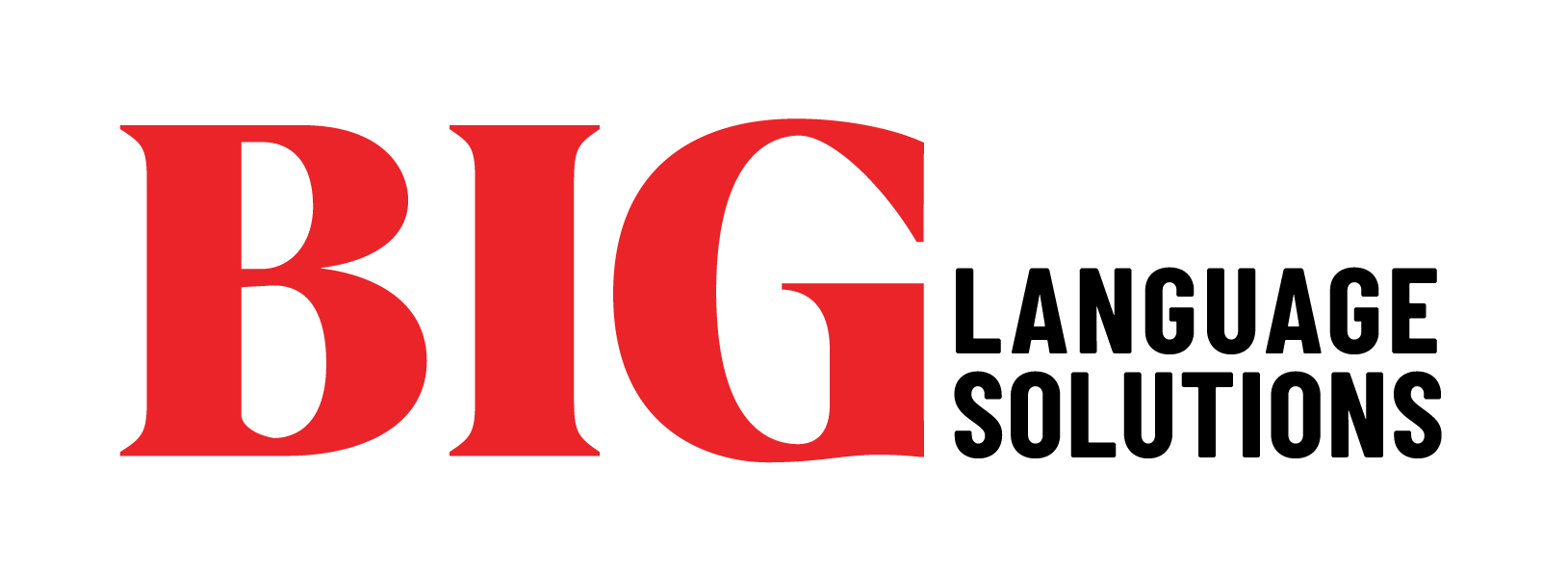Doctors and other clinical staff frequently encounter patients from other cultures. A professional interpreter will be able to assist medical staff in both the language and the culture of their native language. Having insight into a patient’s culture will better facilitate understanding of not only the perception of traditional Western medical practices, but also to better understand the traditional decision-making process within a culture. In Mexico, for instance, the father is recognized as the main decision maker in the family, but it is the mother who runs the home. While the father may make the decisions, it is important that the mother understand the treatment plan to ensure compliance. Making sure the appropriate members of your patients’ decision-making team have the information they need to make informed choices is an essential part of the diagnosis and treatment plan process which is part of cultural considerations.
Who Makes the Choices?
It is typically assumed within the United States that parents make medical choices for their children until age 18, and after that time, each individual makes his or her own medical decisions. There are certainly exceptions to this rule however, and possibly more when you work with someone raised in a culture outside the United States. In a given family, a husband may be the final decision maker on medical choices, while in another culture, a grandmother may have substantial sway over the decisions made about major medical interventions.
Many medical professionals and healthcare providers may be at first concerned when they offer options to a patient, believing they have reached a decision point, and then find a change in the decision due to a family member’s input. What is important to take away from such encounters is the opportunity to learn about each individual’s decision-making process at the outset, while speaking through and with an interpreter.
Informed Choices for All Involved
If you realize, in a conversation with a patient, that the medical choice will be one that they discuss or cede to a different member of the family, you do not need to demand that the person make his or her own choice alone. The wisdom of family members in these matters is often quite helpful, but only if they are equally informed. Whenever possible, attempt to invite key decision-makers to medical visits, pass along written or video materials explaining treatment options in the target language for all key decision-makers, and address the concerns expressed by anyone who is likely to have a say in the choice. You are unlikely to effectively persuade a person to go against his or her family’s wishes in a medical choice, and you will hopefully have more success in sharing potential medical outcomes if you focus on sharing the information you see as most pertinent. Every question that a family member asks can help you to wisely and clearly outline the options available.
Balancing Ethical Behaviors with Cultural Considerations
The typical situation, for instance, in the United States, gives a patient the “right to know” about his or her medical prognosis, according to Quality Interactions. However, there are cultural contexts around the world where family members shoulder the burden of knowing how serious an illness is in order to specifically keep that burden of stress off of the individual experiencing illness. This can reduce his or her stress, knowing that someone else is advocating on his or her behalf. If a person seeks the option to waive his or her “right to know,” be open-minded in the consideration of whether this could indeed be in the best interest of the patient.
You may also find yourself with an intermediary, such as a spouse, speaking for the patient in matters like descriptions of symptoms. While there may be contexts in which this is effective, gaining the correct diagnosis does require at least some direct communication with the patient whenever possible. Try to work with the intermediary to explain you need more information, and see if a simple change, such as speaking with a same-gender physician, could help obtain the information you need.
Finally, it may be wise to accept that having some additional family present in a medical setting, in addition to your licensed interpreter, is what is necessary to keep the family and the patient most comfortable. Discuss these changes with your staff and work to find a situation that is both personalized and useful to everyone involved.
ISI Language Solutions is proud to be a leading provider of localization solutions and language access for health plans, their providers, and members and would love to help you. To learn more please reach out to us at [email protected]









